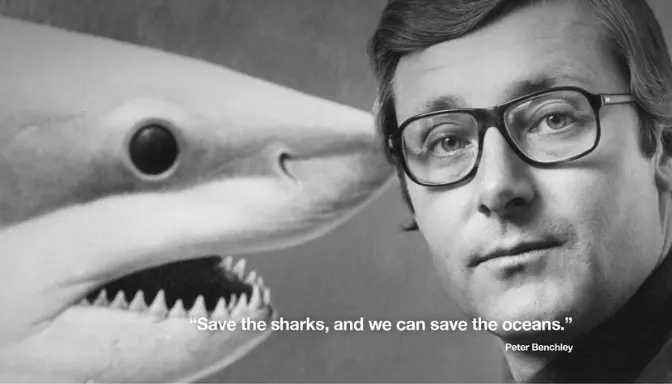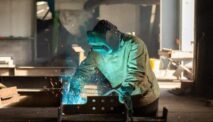Diksia.com - Peter Benchley was a bestselling author, screenwriter and ocean activist who wrote one of the most famous novels of all time: Jaws.
The book, which was published in 1974, became a cultural phenomenon and inspired a blockbuster film adaptation by Steven Spielberg.
But who was Peter Benchley and how did he come to write such a thrilling story about a man-eating shark?
Early life and career
Peter Benchley was born on May 8, 1940 in New York City, the son of author Nathaniel Benchley and the grandson of humorist Robert Benchley.
He attended Phillips Exeter Academy and Harvard University, where he studied English literature.
After graduating in 1961, he traveled around the world for a year and wrote his first book, a travel memoir titled Time and a Ticket.
Benchley worked as a reporter for The Washington Post, an editor for Newsweek and a speechwriter for President Lyndon B. Johnson.
He married Winifred Wesson in 1964 and had three children: Tracy, Clayton and Christopher.
Writing Jaws
Benchley had always been fascinated by the ocean and sharks, and he wanted to write a novel about them.
He pitched his idea to several publishers, who were intrigued by the concept of a shark terrorizing a seaside community.
He received a $1,000 advance from Doubleday and began writing the novel in 1971.
Benchley based his novel on several real-life incidents, such as the Jersey Shore shark attacks of 1916, the sinking of the USS Indianapolis in 1945 and the exploits of shark hunter Frank Mundus.
He also did extensive research on shark behavior, anatomy and ecology. He named his fictional town Amity, after the Latin word for friendship.
Benchley struggled with the writing process, as he had to balance his own vision with the demands of his editor and publisher.
He rewrote the novel several times, cutting out subplots, characters and scenes that he felt were unnecessary or distracting.
He also changed the ending, as he originally planned to have the shark die of exhaustion after a long chase, but decided to have it blown up by an oxygen tank instead.






